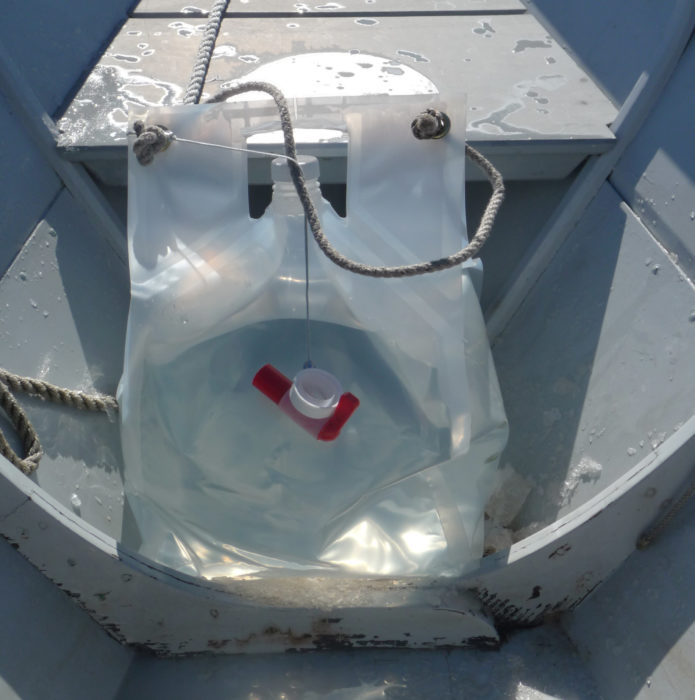 Ben Fuller
Ben FullerThe 40-plus pounds of water that the 5-gallon Smart Bottle holds provides an effective weight for trimming a small boat.
For years I’ve carried a succession of inexpensive, 5-gallon flexible plastic water containers aboard my boats. They nestle nicely wherever I stow them, and I can head out knowing I have drinking water aboard whenever I take off for a row. The ones I’ve been using were showing their age, and on my to-do list for this season was to buy a new one. I happened to be looking in a back issue of WoodenBoat and ran across an advertisement for just the product I wanted—a clear flexible bag called a Smart Bottle. It looked interesting, and at $11.95 for the 5-gallon size, it was worth a try.
The Smart Bottle is different from my previous water containers. Using some origami-like folding, it arrived absolutely flat. There is an ordinary cap as well as a pour spout on a lanyard, and a pair of rugged metal grommets top and bottom. The handles at each end are not separate pieces, but are cut into the bag’s double-layered plastic film. According to the manufacturer “the structure of both the 10-mil outer film and the 4-mil liner is a seven-layer coextrusion with two layers of nylon bonded with resin tie layers to two layers of polyethylene. The nylon acts as an oxygen barrier and contributes stiffness. The polyethylene contributes bulk and absorbs shock within the material.”
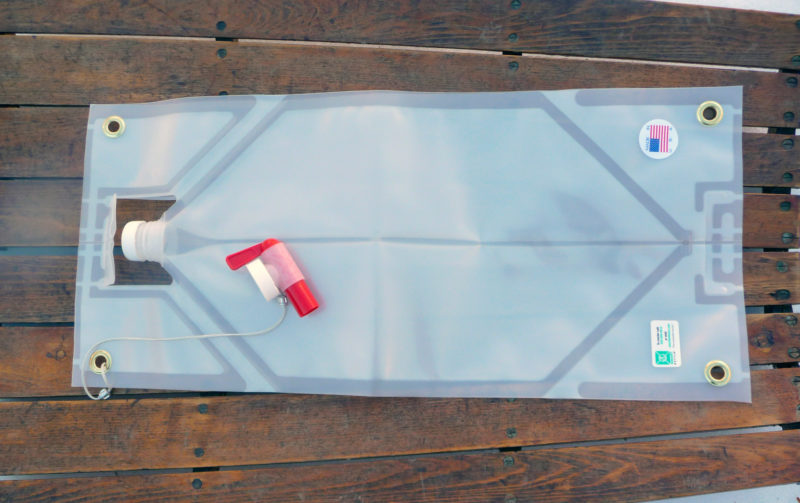 Ben Fuller
Ben FullerEmpty, the Smart Bottles are quite flat and easy to stow.
The Smart Bottle unfolded itself as I filled it for the first time and became a somewhat-rounded cube. I filled it pretty full, and it felt close to the 42 lbs that 5 gallons weighs. I threaded a bit of line with figure-eights on it through the top grommets and put the bottle in the back of my truck, where it froze solid in the Arctic air. After thawing it, I took it down to the dory to see how the bag would stow in the stern where I often carry water as a trimming weight. It tucked in securely, and with a frame in front of it and the sides riding up its sides, it wouldn’t be able to move in a sea.
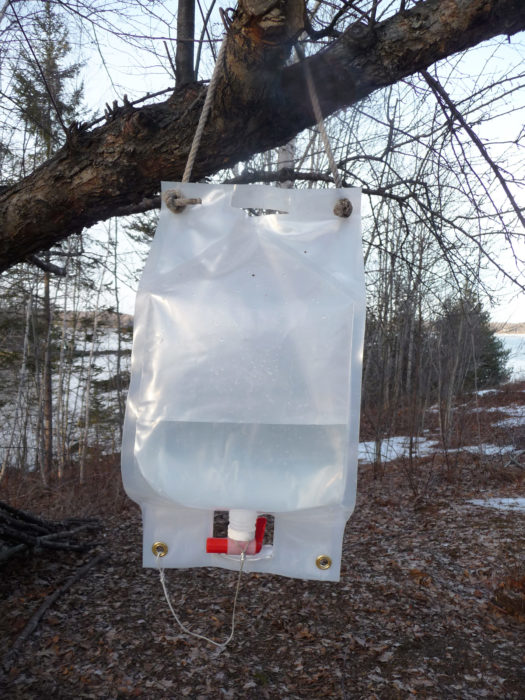 Ben Fuller
Ben FullerWith grommets at either end, a length of cord can be used to hang the bottle upside down or right side up.
The second time I filled the Smart Bottle, I switched the regular cap for the pour spout, shifted the lanyard to the other pair of grommets, and hung the bag from a tree. You can also set the bag on its side to pour with the spout. The spout’s lever tucks neatly into the carrying handle cutout, and the valve is tight and doesn’t leak. If you were to lose the regular cap, the spout is watertight and well protected. While my well water has a pretty strong taste and might have partially masked it, the Smart Bottle’s BPA-free plastic film didn’t impart a taste to the water I drank from it. You can also order the Smart Bottle with a valve cap with a tube to use in place of the spout.
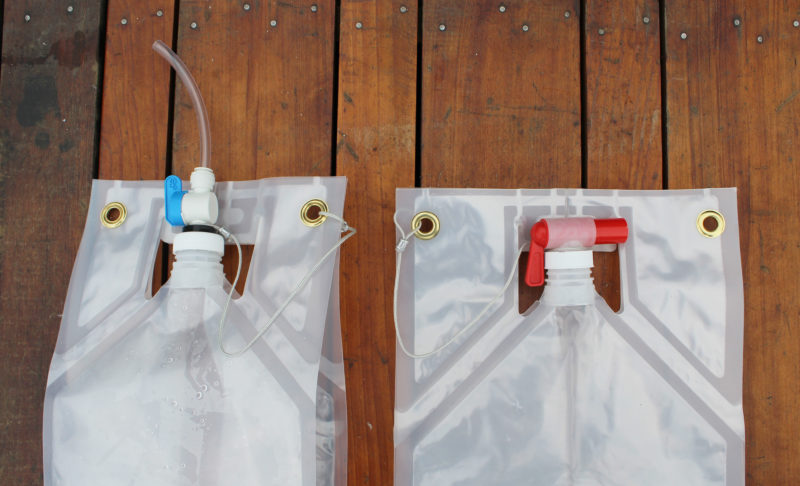 SBM
SBMTwo types of spout are available: a tube for use with water filtration devices and a a spout for general use.
I emptied the bag, and it retained enough of its inflated shape to air out. I then hung it, upside down and cap off, in the basement to dry, something I do with all of my various water bladders and hydration packs.
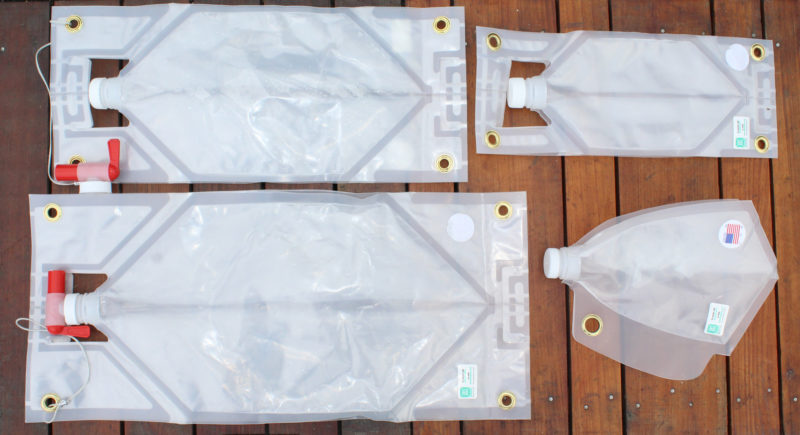 SBM
SBMThe sizes offered are, clockwise from lower left, 5 gallon, 2-1/2 gallon, 1 gallon, and 1/2 gallon.
The Smart Bottle folks also make 1/2-gallon, 1-gallon, and 2 1/2-gallon bags. They even sell a 1/2-gallon beer growler, a good way to bring along some homebrew. All of the bottles are BPA-free and made in the USA.
I look forward to the coming season with the Smart Bottle, stored full in the dory swinging on the haulout, ready to row; or tucked into my sail-and-oar boat, where it will serve as both my water supply and as a bit of trimming ballast.![]()
Ben Fuller, curator of the Penobscot Marine Museum in Searsport, Maine, has been messing about in small boats for a very long time. He is owned by a dozen or more boats ranging from an International Canoe to a faering.
Destructive Testing
The Smart Bottle web site features some testing to measure the bottles’ durability, so I duplicated the trials to prove the claims. On the advice of one of the design engineers working with Smart Bottles, I filled the bottles with water and let them hydrate for 24 hours. “The nylon in the film,” the designer wrote, “needs an opportunity to hydrate to realize its full toughness.”
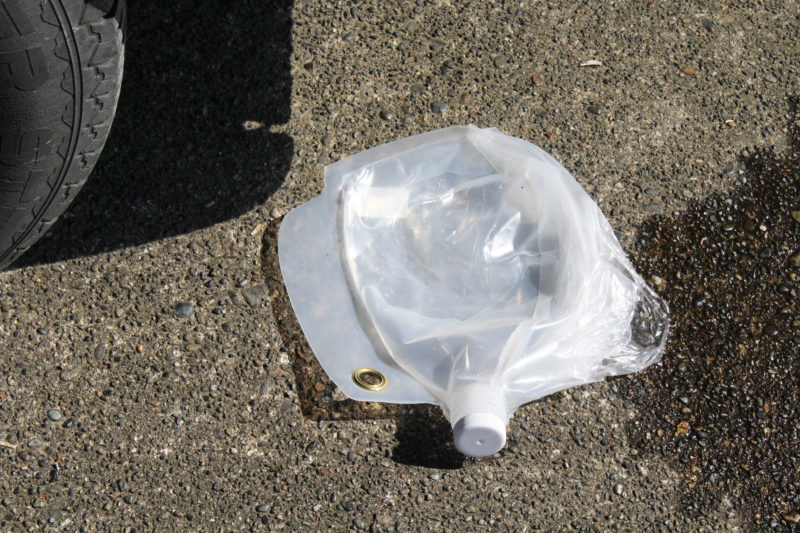 SBM
SBMThe half-gallon didn’t survive being run over by a Chevy Blazer.
A photograph on the Smart Bottle web site shows a bottle under the tire of a car. The photo is labeled “puncture resistant” but I think the better term may be “rupture resistant.” The half-gallon bottle I tested, 2/3 full of water, didn’t survive being run over by my Chevy Blazer’s rear tire. The wall opposite the grommet ruptured. The photo on the web site shows a wall of the bottle stretching and taking on a balloon-like shape, just as the bottle I tested did before bursting. The car pictured is a Honda Element, though I couldn’t tell which model. I looked up the 2-wheel drive EX Element and found it has a weight around 3400 lbs with 42% of that at the rear, so 714 lbs on one tire. Looking up the same figures for my Blazer indicated around 920 lbs on a rear tire, so the bottle must have limit somewhere in between.
The web site states: “The 1-gal survived a 15′ drop, the 2 1/2-gal a 10′ drop, and the 5-gal a 7′ drop.” The bottles did well in my front-porch drop tests. The one-gallon survived a 6′ drop, a 10′ drop, and two 15′ drops before developing a 3/4″ tear on one of the vertical seams on the third 15′ drop. The 2- and 5-gallon sizes each survived two of their respective 10′ and 7′ drops. They both showed some whitening about 1 to 2 mm wide along the vertical edges where the film stretched, but there were no tears or leaks. I also didn’t see any leakage at any of the lids caused by the drops. I concluded that the bottles should hold up quite well in normal use .
I did a taste test using city tap water that has no detectable flavor. After letting the water sit in a bottle for two days at room temperature I didn’t detect any affect on taste.
Ed.
The Smart Bottles designed for outdoor use are available from Smart Bottle: $4.95 for the 1/2 gallon size, $5.95 for the 1 gallon, $10.95 for the 2 1/2 gallon, and $11.95 for the 5 gallon.
Is there a product that might be useful for boatbuilding, cruising or shore-side camping that you’d like us to review? Please email your suggestions.
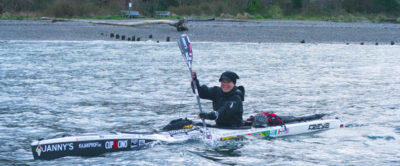
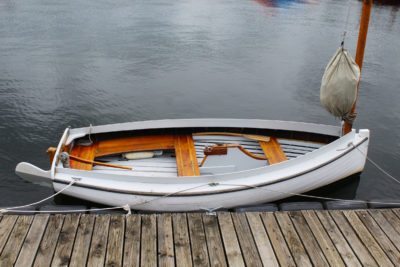
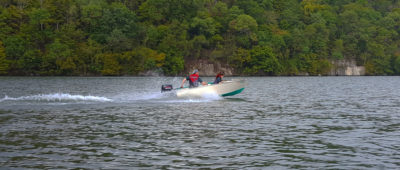

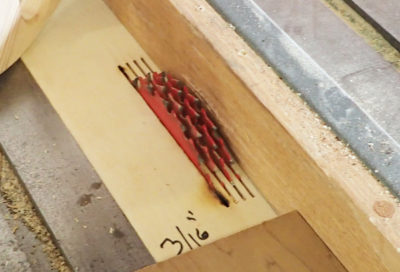
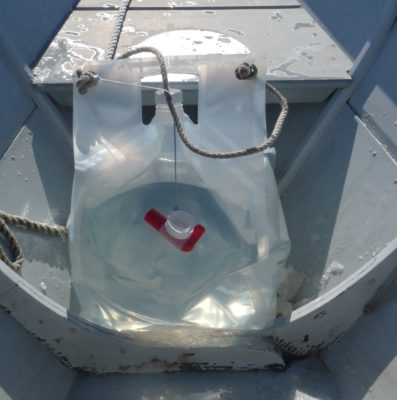
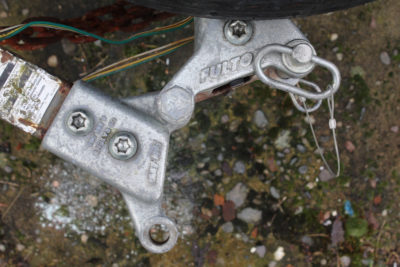
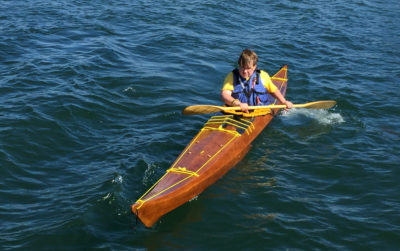
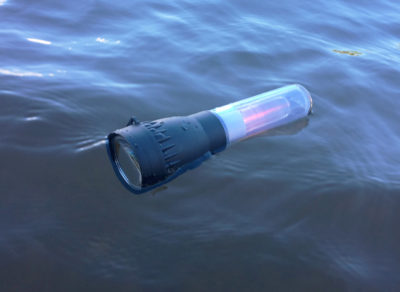
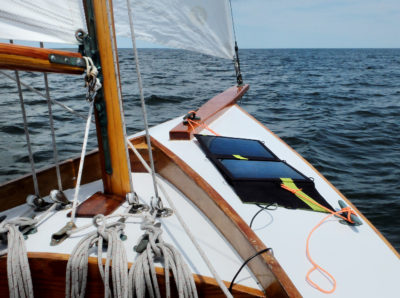
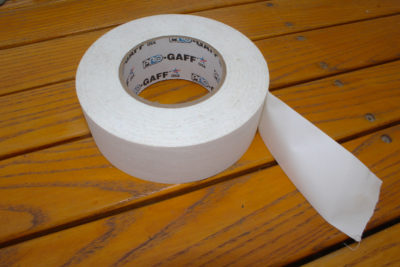
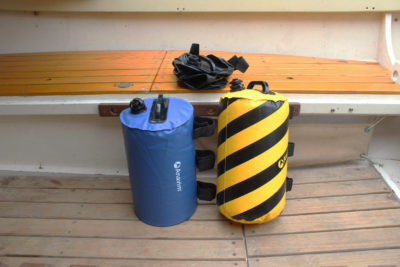
Thanks Ben. I, too, needed to upgrade my water containers for the upcoming season. My previous hard-shell containers were awkward and the spouts leaked. In looking around in the stores and online, I never found the Smart Bottles, but I did find a bag called AquaSto, by Seattle Sports. I bought three 5-liter bags. They are rectangular, about 14.5″ X 11″ when flat, with the opening at one corner. They are narrow enough when full that they can be tied up alongside my CB case and not get in the way.
I figure with 3 bags, if any one of them springs a leak, I won’t be totally hooped. They also come in 8-liter size.
Duckworks Boatbuilder’s Supply and Small Craft Advisor have the 1 gallon in stock. A great product.
Simeon
SCAMP #11, NODDY
For several years now I have been using some surplus black rubber 5-gallon bags that retailed for $9.95 (on some sites they listed for as high as $29), because I could not find anything else that wasn’t shaped like a “hard” plastic jug. I carried them while canoe camping on Puget Sound. They worked well as dead weight to help balance the boat, but I am really tired of the rubber taste the water has. The Smart Bottles will serve the same function but will let me enjoy the trip more in the future. Thanks for sharing your experiences.
Wow, this is exactly what I’ve been looking for! Our kayak platform winters in a marina where the water smells like sewage and tastes like blood. We drain the tanks every fall and need a handy way to refill them in the spring before we launch. Twice now, I’ve dropped expensive folding bags lugging them up the ladder because the handles gave way. They burst like rotten pumpkins.